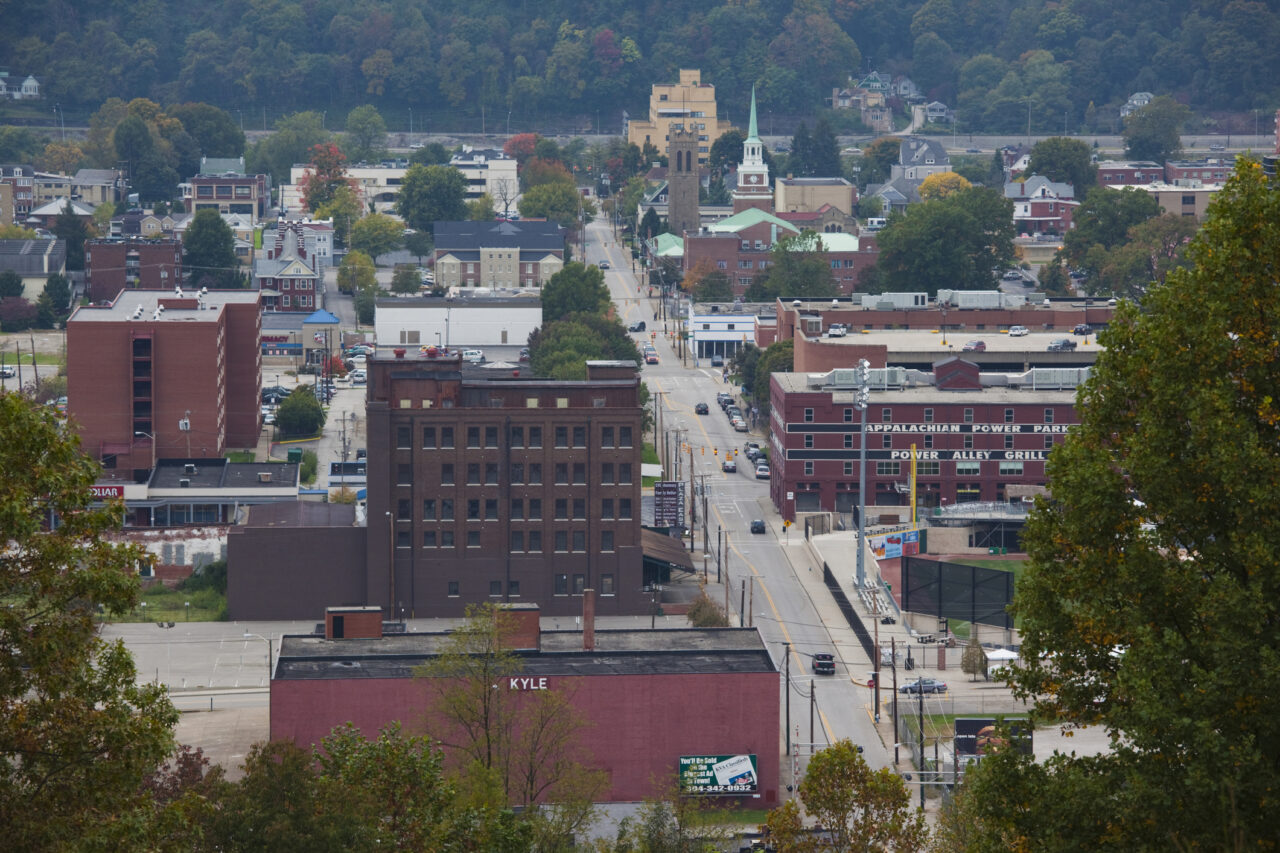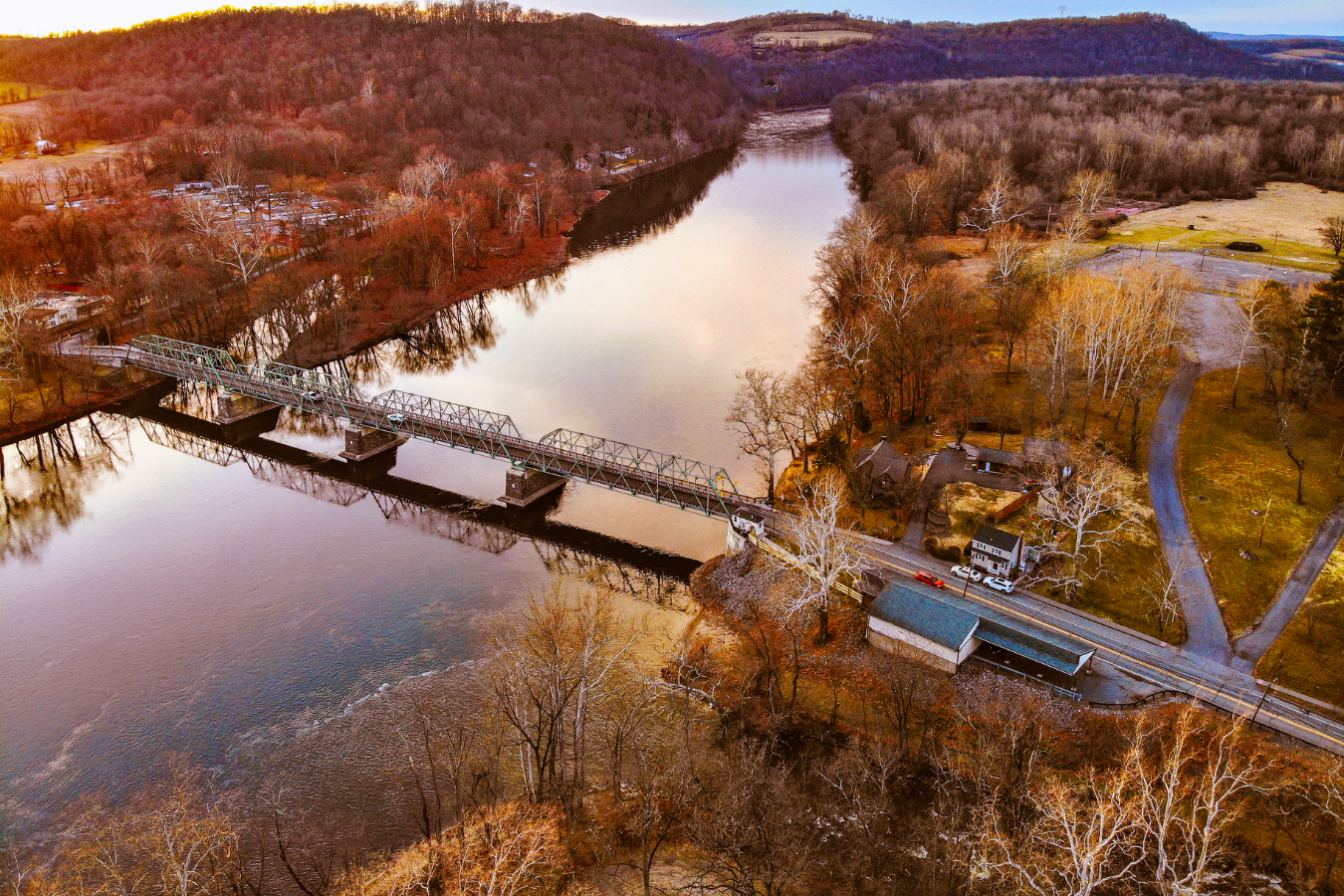Co-authored by NLC Interns Atiya Chiphe Damion DeShield and Jack Sirianni
People are the reason America’s cities, towns and villages are busy rebuilding our infrastructure. With over 2,100+ locally-led federal infrastructure rebuilding projects started with federal and local funding, many great projects are changing lives – making us safer and removing barriers. Every day your community’s residents use your city’s infrastructure, but infrastructure is what actually makes everything else our residents want to do possible.
Infrastructure Changes Lives
Congress’ Infrastructure Investment and Jobs Act (IIJA) was one of the first federal infrastructure bills to create programs where smaller and mid-sized cities had a good chance of getting direct federal infrastructure grants. The United States is a nation of small towns, but smaller places often found federal funding out of reach. Yet, now more than 1,000 small communities like Mount Rainer, MD, Seaford, DE, and Beatrice, NE, stepped up and are now using federal grants to improve their communities for their residents. We’re also seeing projects in 328 mid-sized hub cities like Broken Arrow, OK, New Haven, CT, and Waterloo, IA, and 68 major cities like Detroit, MI, Charlotte, NC, and Atlanta, GA. Here are five of the great ways that local infrastructure projects are changing lives.
Saving Lives on Our Roads
America’s communities lose 100 residents each day on our roads. Now, hundreds of communities of all sizes across the country are breaking ground on Safe Streets projects that will save more lives in communities like Biddeford, ME, Williston, ND, Pocatello, ID, and Sturgis, SD.
Safe Streets projects are going to 793 places that had never received a federal transportation grant before. Additionally, the Rebuilding American Infrastructure with Sustainability and Equity (RAISE) grants continue to invest in life-saving investments. With West Virginia ranked among the worst in the nation for road deaths, Charleston, WV, took action locally with a RAISE grant to update their busy Capitol Corridor’s 15 intersections, adding 3.5 miles of shared-use path, improving street lighting, and making crosswalks more visible. Charlotte, NC is making their roads safer with a RAISE grant after two pedestrians were killed in the same spot on Christmas Day and New Year’s Eve.

As more local safety projects move forward, the latest data shows lives being saved.
Rebuilding Main Street, USA
For many cities and towns, their Main Street is not just a road; it’s a hub for their residents with clusters of businesses, services and restaurants that center their community. Beatrice, NE, is reclaiming their main street by rerouting a state highway to create more activity for local businesses and outdoor space in the heart of the community. In Covington, KY, a disadvantaged and isolated area is getting reconnected with a RAISE grant to widen sidewalks and install a pedestrian bridge over the Ohio River. Pascagoula, MS, is redesigning two of their central streets to reduce injury-causing accidents and foster small downtown businesses by expanding sidewalks and repairing wastewater infrastructure with their RAISE grant. Burlington, VT, is home to the Church Street Marketplace and its many small businesses benefiting from a pedestrian-friendly downtown built with their RAISE grant.
Combatting Disasters Before They Strike
Nationally, towns are dealing with consequences of wildfires, tornadoes, and flooding, but they are fighting back. After wildfires devastated Ukiah, CA, they used the Forest Service’s Community Wildfire Defense grant to do controlled burning, which clears brush and significantly reduces the damage of future wildfires. After a tornado with 200 mph winds ripped through Mayfield, KY, they are rebuilding a more resilient community with a RAISE grant from their roads and sidewalks to their sewers. Athens, TN is making the switch from traditional diesel buses to electric buses with the Clean School Bus Program to limit their kids’ exposure every day to exhaust pollution. Flagstaff, AZ is decreasing their fire risk by removing flammable underbrush and using it to fill up “wood banks” for local indigenous communities who struggle with the cost of firewood to heat their homes in the winter.
Keeping Kids Safe
Because of the IIJA, students are going to be safer as they walk and ride to their homes and schools. After two elementary school students were struck by vehicles, Wilmington, DE, is using a Safe Streets grant to design safer sidewalks and prevent future tragedies. Notus, ID—a town of 609 people—is prioritizing students’ safety near their high school by tackling worst-condition streets and sidewalk projects using a RAISE grant. After two Carson High students were hit by cars in a four-day span, Carson City, NV is using a Safe Streets planning grant to gather the full view of data—even using drones to assess drop-off traffic flow—to adjust their infrastructure protections in the school zone. Seguin, TX, is investing to make biking safer around their schools with their Safe Streets Grant and education like their annual bike rodeo. In Atlanta, GA, their Westside Thrive project is not just building safer bike lanes, but the community is doing bike education to encourage young riders.
Removing Road Blocks and Risks
Over 12,000 American cities and towns have railroads coming through and 65% of all rail incidents in the last decade occurred within city boundaries, and often towns are being cut in two regularly by blocked tracks and countless derailments. In Wellington, KS, trains block the main streets 40% of the day and several derailed. Now, the Railroad Crossing Elimination Program (RCE) grant will eliminate their blocked crossing problems and reconnect the town by building an overpass. Fairfield, OH, is eliminating the deadly congestion caused by rails crossing in the heart of their city after 18 crashes and 8 deaths in the last 30 years by building an overpass with their rail grant. Waterloo, IA, is using a Reconnecting Communities grant to relocate a train yard that blocks kids getting to school and is situated next to a disadvantaged community that is dealing with severe rates of asthma and disabilities. Moving the rail yard should improve the air quality and solve a daily challenge for residents.













